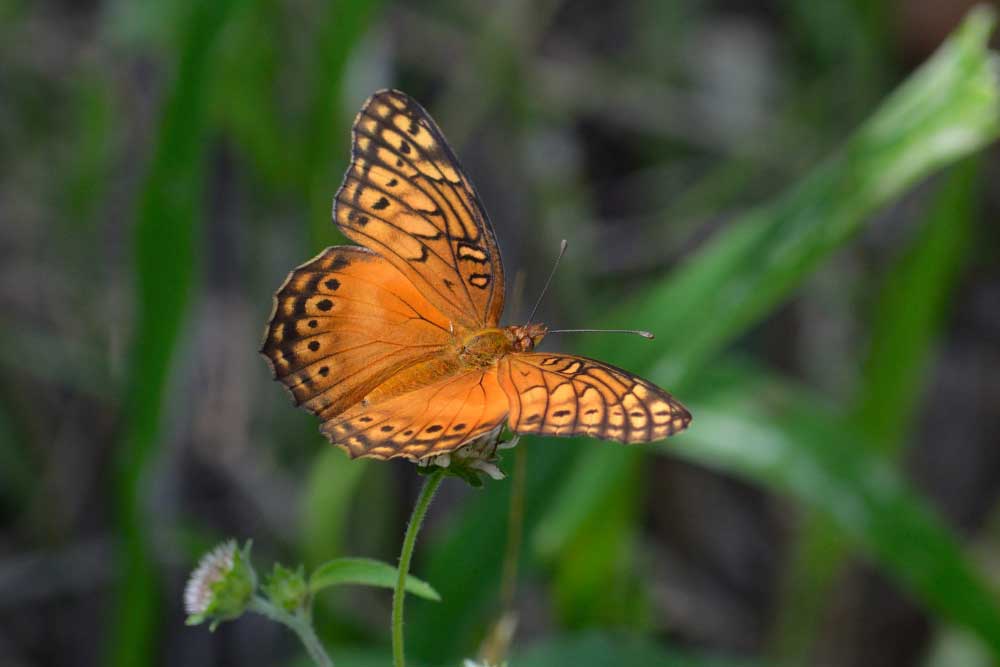
Growing Zones
5-10
Light
Full Sun to Part Shade
Duration
Perennial
Size
Vining up to ~15 ft
Yellow passionvine (Passiflora lutea) is a lovely vine that grows predominantly in the southeastern United States. Despite its more subdued appearance than some of its showier relatives, this vine has a certain charm. Its beautiful, lemon-yellow flowers, despite their modest size, convey subtle elegance and emanate a sweet smell that attracts a variety of pollinators, including bees and butterflies. While its fruits are rarely consumed by people due to their small size and lack of flesh, they provide a vital food source for surrounding species, such as birds and small mammals. Yellow passionvine’s adaptability to various soil types, as well as its capacity to grow in both sunny and slightly shaded situations, make it a valuable addition to native plant landscapes.
Names:
Scientific Name: Passiflora lutea L.
Plant Family: Passifloraceae (Passion-Flower Family)
Other Names: Yellow passion vine
Native range:
Yellow passionflower is a native to eastern and south-central United States from Pennsylvania west to Kansas, and south to Florida and Texas.
Bloom Information:
Bloom Color: White , Yellow , Green
Bloom Time: Late Spring- Fall
Requirements
Water Needs: Average
Soil Drainage: Moist but Well-Drained
Soil Type: Loam, Sand
Soil pH: Acid, Alkaline, Neutral
Considerations:
Passionflower plants spread through rhizomes located beneath the ground surface. In places with loose sand or mulch, it can spread like a wildflower, popping up some distance away from the parent plant. Its propensity to climb via tendrils might provide a challenge for other slow-growing plants.
Host plant for:

Crimson-patched Longwing

Mexican silverspot






